We’re excited to introduce you to the always interesting and insightful Logan Blow. We hope you’ll enjoy our conversation with Logan below.
Logan, looking forward to hearing all of your stories today. How did you come up with the idea for your business?
When I started Court Vision, it wasn’t because I wanted to just run another basketball training program — it was because I saw a gap in development that no one was filling.
I had been training players for years, and I kept noticing the same frustration: athletes were talented but underprepared, and parents were confused about where to turn. There were gyms that offered volume — pack 30 kids into a clinic, run through some drills, collect a fee — but nobody was actually developing athletes systematically. Nobody was treating skill development like the foundation it really is.
The idea hit me in pieces. I’d be in the gym with an athlete one-on-one, seeing huge strides in confidence and performance, but then watch them go back to their teams and blend into the same patterns because there was no structure beyond practice. It felt like wasted potential. I knew if we built a space that was dedicated solely to development — a private facility, a staff committed to teaching, a culture that valued growth over quick fixes — we could change the trajectory for hundreds of athletes in Austin.
The emotions behind it were simple: frustration mixed with conviction. I was tired of watching players hit ceilings they didn’t need to hit. Tired of parents asking “Why doesn’t my kid’s hard work translate in games?” and not having anywhere to send them except back into the same cycle.
The logic came down to this:
• The demand was massive. Austin is exploding, and families are investing heavily in their kids’ sports.
• The competition wasn’t solving the core issue. Others were chasing numbers; we would chase results.
• Basketball is a global game. If we build a system here, it scales everywhere.
What got me most excited wasn’t just training athletes — it was building a model where player development could stand on its own as an industry, not just an add-on to AAU or school ball. That’s why Court Vision exists.
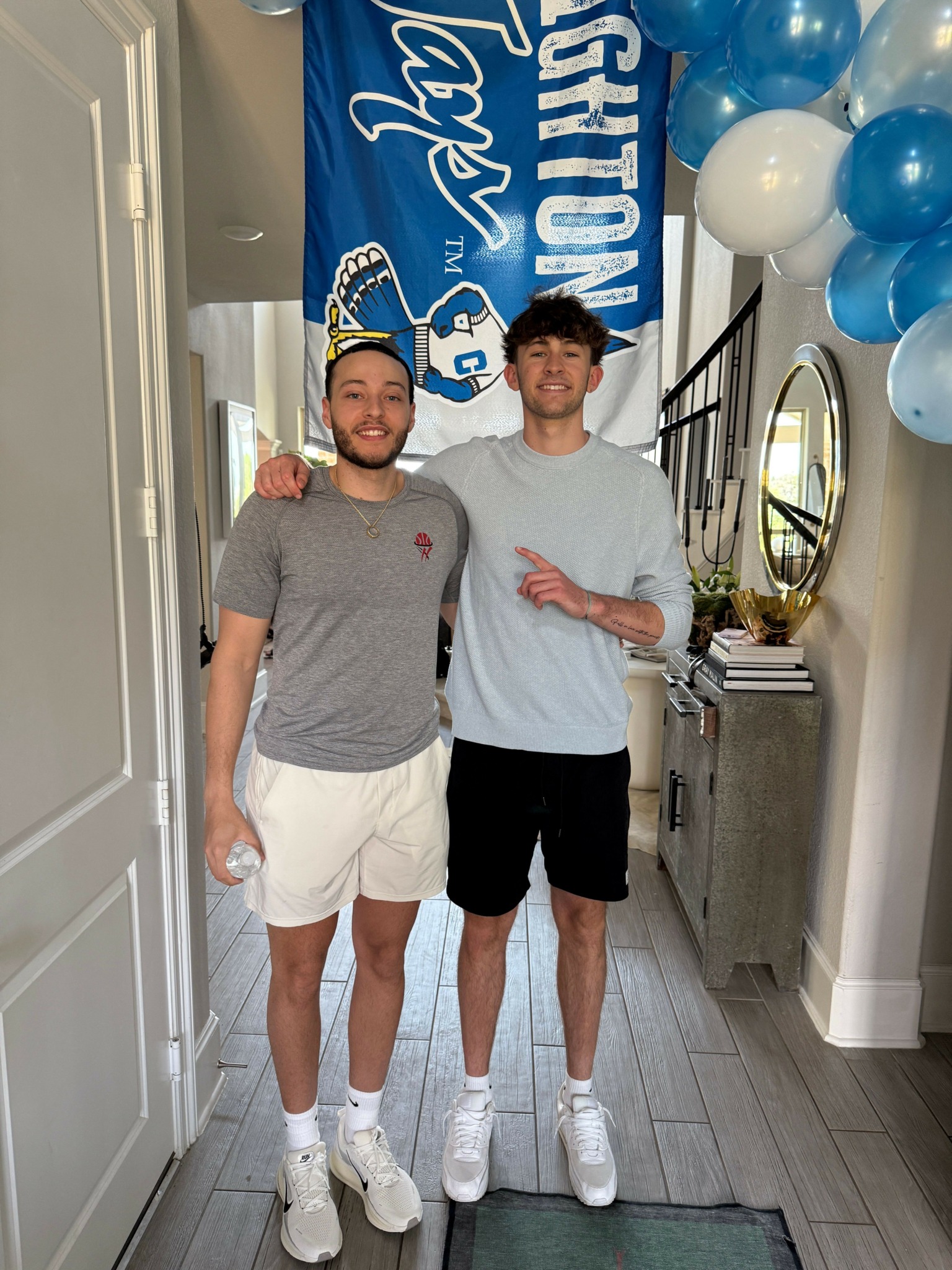

Logan, love having you share your insights with us. Before we ask you more questions, maybe you can take a moment to introduce yourself to our readers who might have missed our earlier conversations?
I’ve been around basketball my entire life. I was fortunate enough to have success as a player — I was an All-American in high school, and with my dad being a coach, I grew up in gyms. By the time I was 15 years old, I was already training athletes. It wasn’t something I just stumbled into; it was a natural extension of being immersed in the game and having a coach’s mindset in my own household.
From the beginning, what separated me wasn’t just passion — it was attention to detail. I’ve always had a sharp eye for the little things that make players better: footwork angles, decision-making under pressure, body positioning, balance. Those details are often overlooked in favor of flashy drills or big-group workouts, but to me, they’re everything. That’s what makes me effective in player development — I see what others miss, and I know how to communicate it to athletes in a way they can apply immediately.
After college, I went straight into the player development space. While some people take years to figure out what they want to do, I already knew this was my lane. I dedicated myself to studying the craft — learning from top trainers, experimenting with methods, and constantly refining how I approached teaching the game.
Over the years, I worked for several different training organizations. Each experience gave me insight into how the industry was run — the good and the bad. What stood out was the gap between real development and what was being offered. Too many programs were built on volume — large groups, one-size-fits-all drills, no individual progression plans. It looked good from the outside, but players weren’t actually getting better. Parents were paying for sessions, but the results weren’t matching the investment.
That’s when the idea for Court Vision became clear. I knew I could build something different — a development-first organization that prioritized actual growth over numbers. I wanted to create a place where players could walk in, be evaluated, and walk out months later as better athletes with measurable improvements in their game. A place where trainers weren’t just running workouts but actually teaching the game.
What excites me most about what we’ve built is that it’s not just training — it’s a system, a culture, and a standard for what player development should look like. Every athlete that comes through our doors gets that same attention to detail I’ve carried since I was 15 years old. That’s what sets us apart, and that’s what keeps me motivated every day.

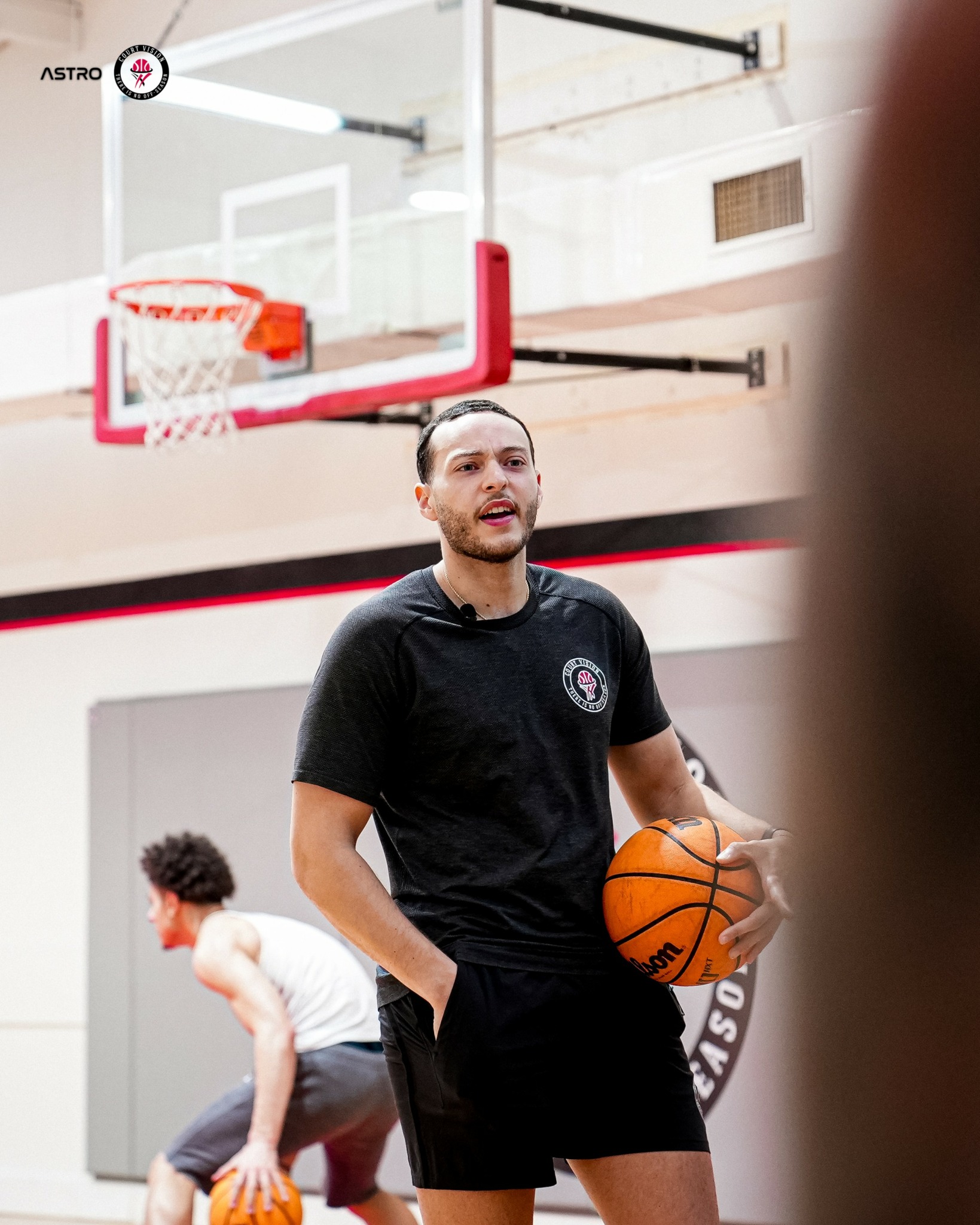
Any stories or insights that might help us understand how you’ve built such a strong reputation?
What helped me build my reputation in this market is simple — My focus has never been on how many athletes I can put in a gym at once or how many views a drill can get on social media. My focus has always been on the athlete standing in front of me.
From day one, my goal has been to make players better — period. That means I don’t just run them through workouts; I study their game, identify their needs, and give them clear solutions they can apply. Whether it’s a middle school player trying to build confidence or a college athlete preparing for the next level, I hold myself accountable to their improvement. And over time, those results speak louder than anything else.
Parents talk. Coaches notice. Athletes feel the difference in their performance. That’s how my reputation grew — not from marketing gimmicks, but from the word-of-mouth proof that players who train with me get better.
The basketball training space can be crowded, and a lot of people are chasing attention. What separates me is that I’m chasing results. I know if I consistently deliver, if every athlete who walks into Court Vision leaves sharper, more confident, and more skilled, then the reputation and respect take care of themselves.
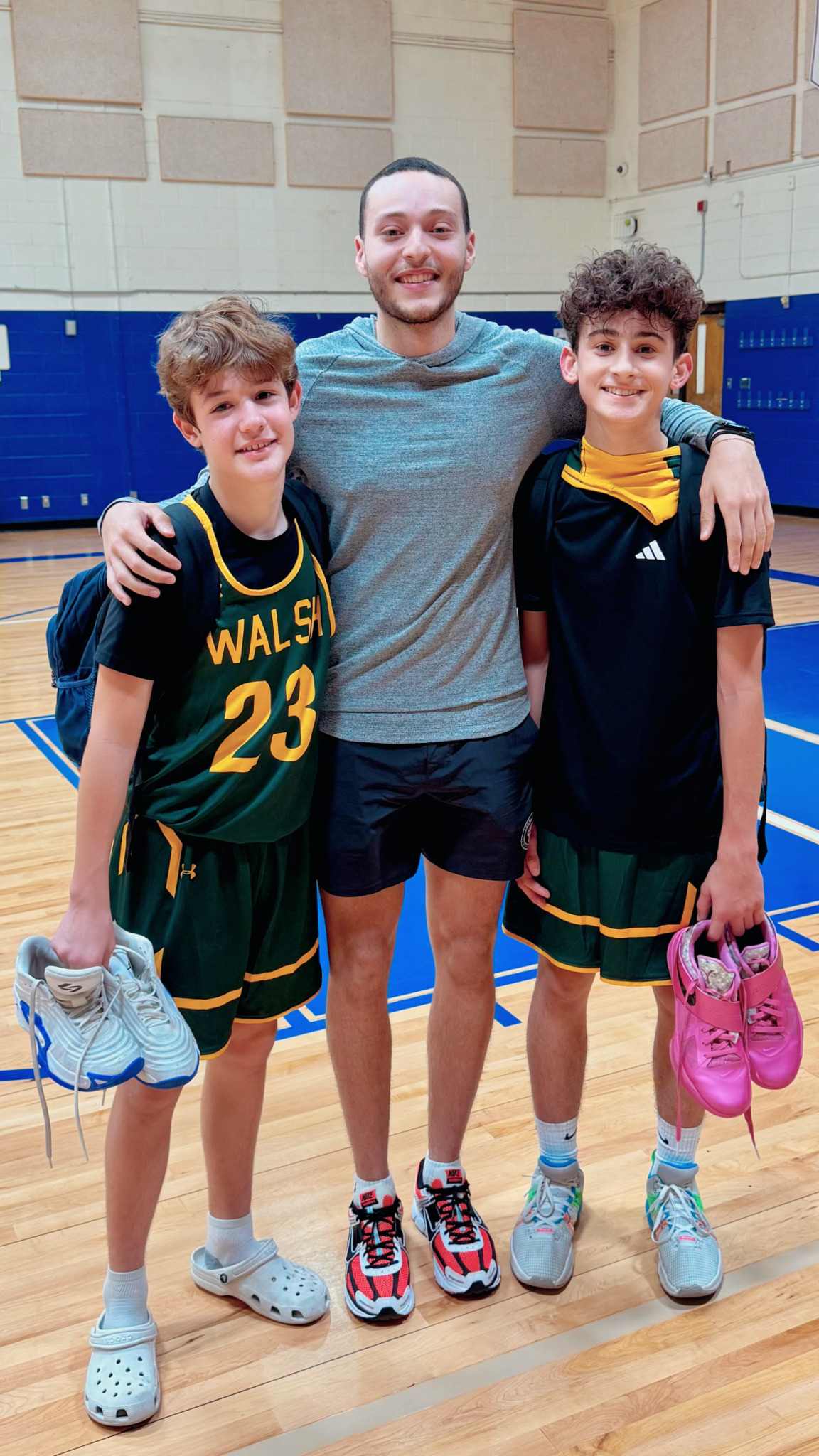
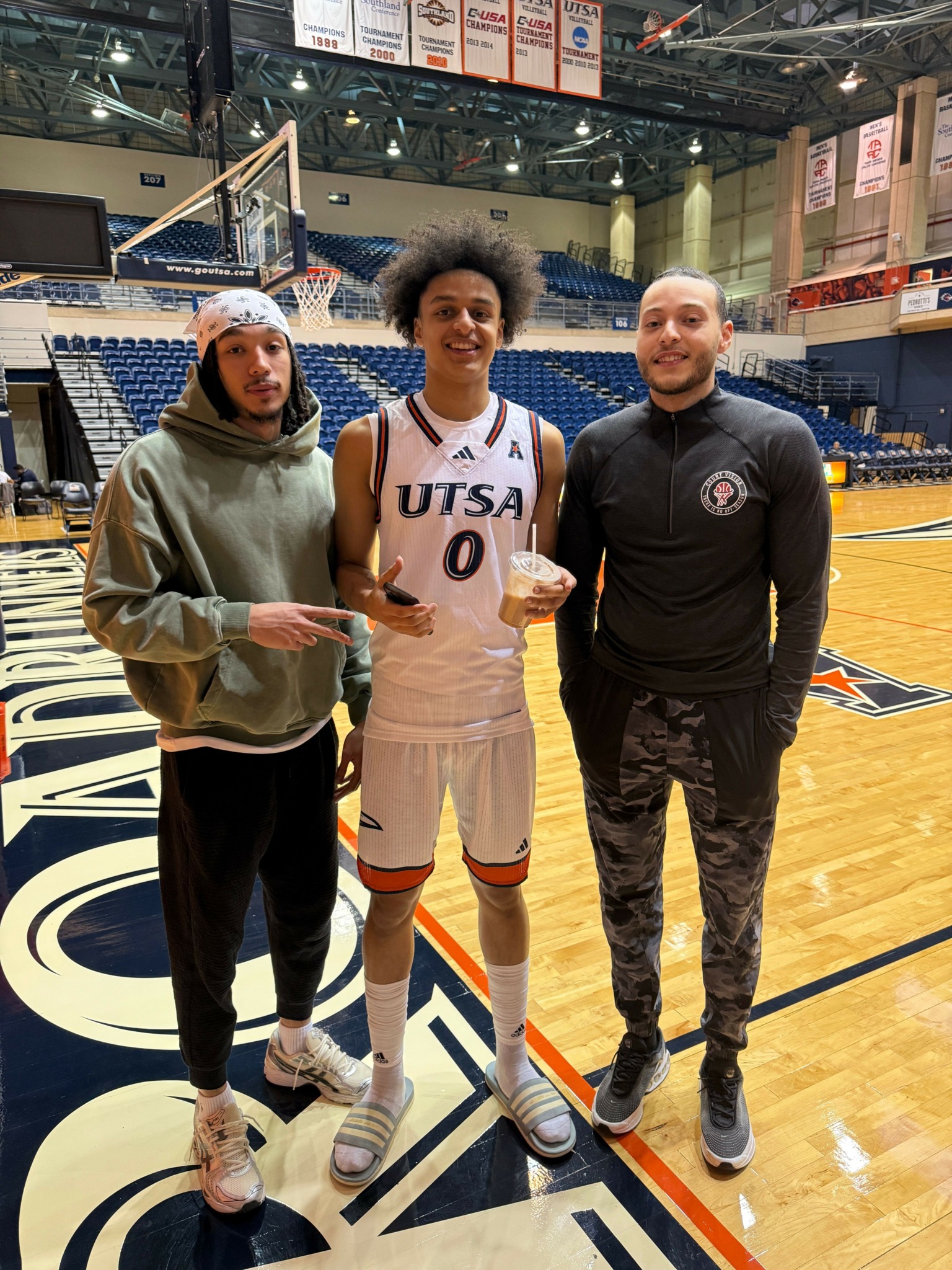
How do you keep in touch with clients and foster brand loyalty?
Honestly, I just stay connected because I care. I check in with my athletes a lot, especially during their season, to see how they’re doing and if they’re running into any struggles I can help with. Sometimes it’s about basketball — maybe they’re in a shooting slump or having trouble with confidence — and other times it’s just life stuff.
I don’t look at players as just clients; I look at them as people I’m invested in. If I’ve worked with a kid, I want to see them succeed on and off the court. That’s what keeps the relationship strong. Families know I’m not just there to run a session and move on — I’m actually in their corner.
Contact Info:
- Website: https://Courtvisionskills.com
- Instagram: https://www.instagram.com/courtvisionskills?igsh=MXAwZmN3ZHFrdndqMg%3D%3D&utm_source=qr
- Facebook: https://www.facebook.com/share/1BNQxMS21W/?mibextid=wwXIfr
- Twitter: Courtvisionskls
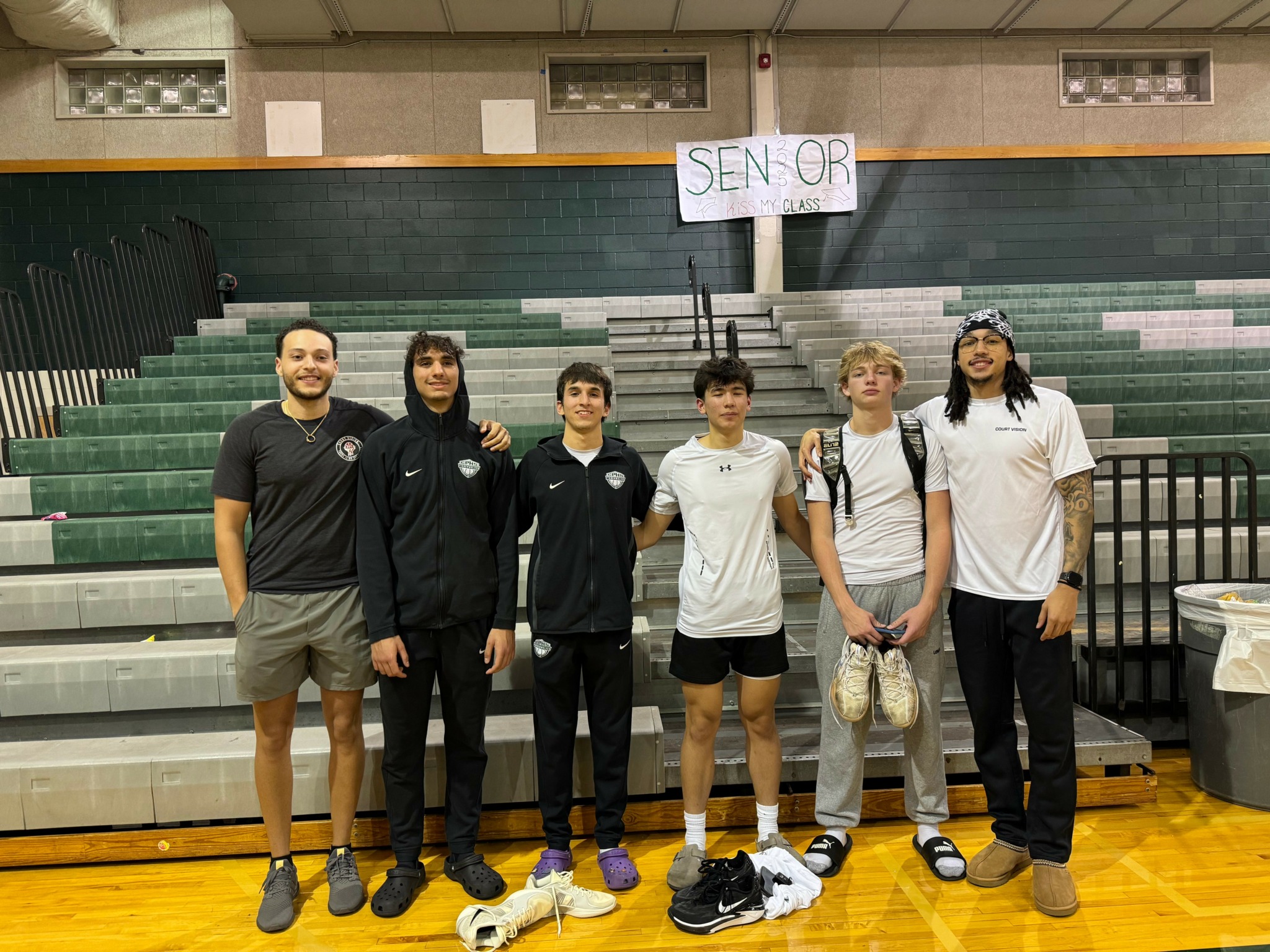

Image Credits
Photos by astrohoopz


